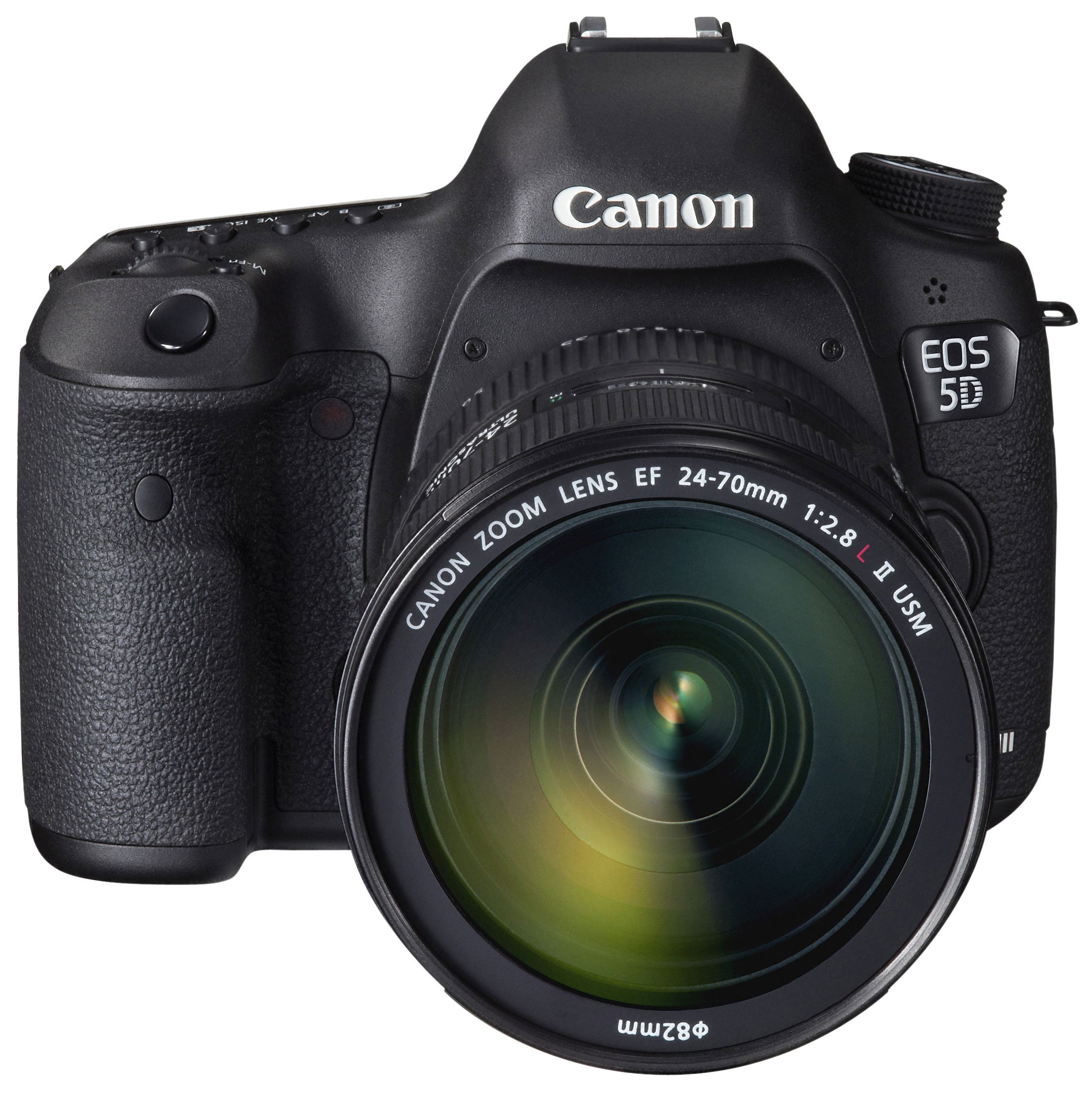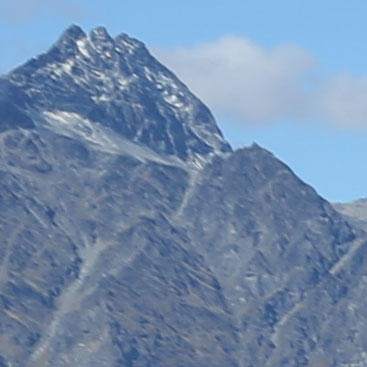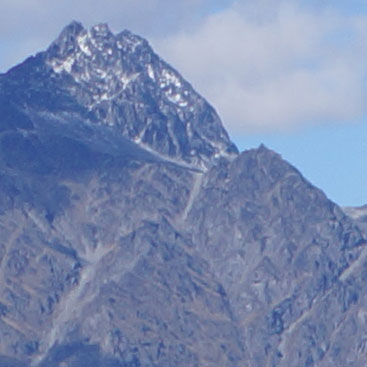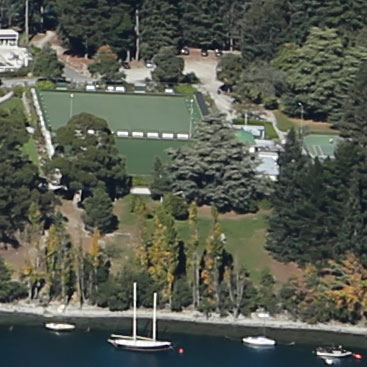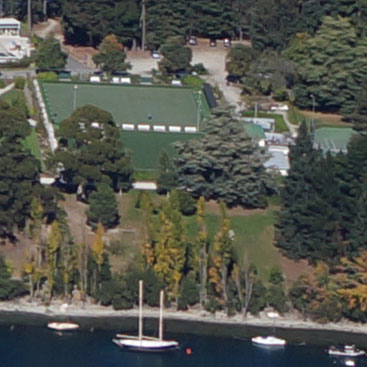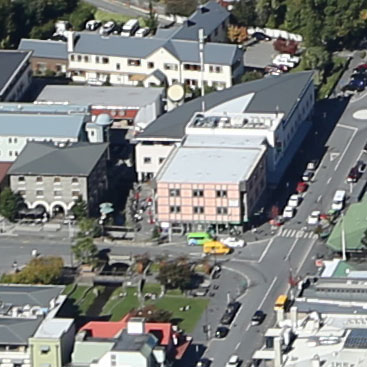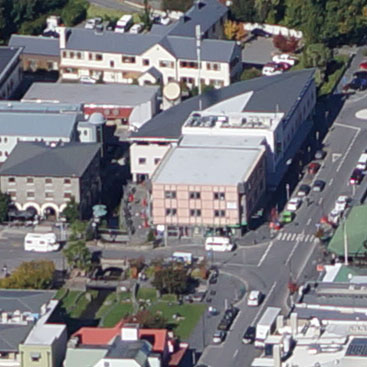(RAW results to follow)| To compare real-life quality I shot this scene with the Canon EOS 5D Mark III and the Sony Alpha NEX-7 within a few moments of each other using their best quality JPEG settings.The Mark III was fitted with the Canon EF 24-105mm f4L IS USM lens and the NEX-7 with the Carl Zeiss 24mm f1.8 lens, set to f8 and f5.6 respectively. Both were using their standard JPEG processing styles and White Balance was set to Daylight. I shot this sequence in RAW+JPEG mode and will provide RAW comparisons once the most common processing applications are fully updated and delivering satisfactory results. | |
The image above right was taken with the Canon EOS 5D Mark III with the EF 24-105mm f4L IS USM lens set to 35mm and the aperture set to f8 in Aperture Priority mode. At its base sensitivity of 100 ISO, the Mark III metered an exposure of 1/320 for this composition. To match the exposure I applied +0.3EV to the NEX-7’s metered suggestion. The Sony NEX-7 makes an interesting comparison for the Mark III for several reasons. First, it’s the highest resolution APS-C camera to date. This also makes it the highest resolution Compact System Camera so far. Secondly the actual resolution is slightly higher than the Mark III. And third, while the NEX-7 represents the high-end for CSCs, it costs roughly one third of the Mark III. So can a much cheaper camera with a higher resolution (albeit physically smaller) sensor really be a viable rival? Let’s find out! First a disclaimer: I had the choice of two lenses to test the NEX-7, the basic 18-55mm kit lens or the Carl Zeiss 24mm f1.8 prime. I went for the latter as you need decent optics to get the best from the densely-packed sensor of the NEX-7, and it also fortuitously matched the coverage I normally use for this test composition. And while it may seem unfair to compare a prime against a zoom, I should also note the Canon 24-105mm f4L IS USM and the Zeiss 24mm f1.8 carry roughly similar price tags. So I hope you’ll find the following comparison remains a useful and relevant one. Looking at the crops below, the biggest difference again regards processing styles, with the Mark III once again applying greater sharpening and contrast by default for punchier-looking output. Side-by-side this inevitably makes the NEX-7 look a little soft, but like the Mark II on the previous page, it delivers an arguably more natural-looking result with the out-of-camera default settings. In terms of actual resolution, the NEX-7 boasts 24 Megapixels to the Mark III’s 22.3. This was never going to make a significant difference and indeed close examination of the crops reveals similar levels of real-life detail. The Mark III arguably enjoys a very small edge, even looking beyond the default sharpening, but this involves serious pixel-peeping. Ultimately I’d call their real-life resolving power at 100 ISO as being essentially the same, and while that may not come as a huge surprise given their similar sensor resolutions, it remains a great result for the NEX-7 considering its considerably lower price tag – not to mention its considerably smaller body too. Once again though, this is just an out-of-camera JPEG comparison at 100 ISO using the defaults. I shot this scene in RAW+JPEG and once the RAW converters have been properly updated for the Mark III and D800, I’ll process the files and see if I can improve the output from all the cameras on test here. I also hope to retest the NEX-7 against the Mark III to compare noise levels at high sensitivities, an aspect where the larger, more expensive DSLR should enjoy a lead. In the meantime, this is the second of several results pages here, so to see how the Mark III compares against the highest resolution DSLR to date, check out my Canon 5D3 vs Nikon D800 quality results. Alternatively if you’d like to see how the Mark III performs at higher sensitivities, check out my Canon 5D3 noise results. As always, I also have a selection of original files you can download in my Canon 5D3 sample images gallery. | 